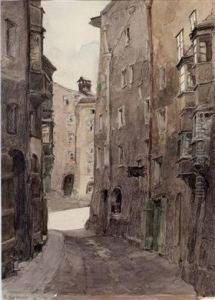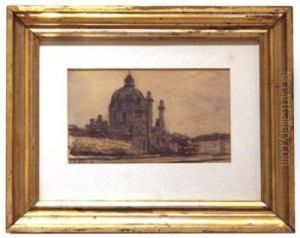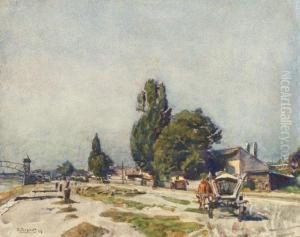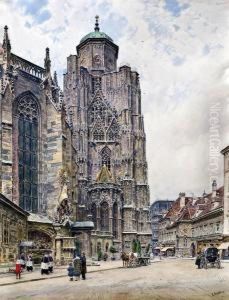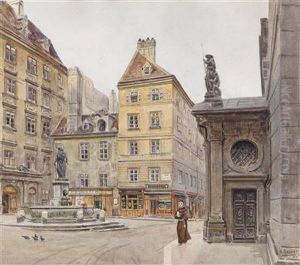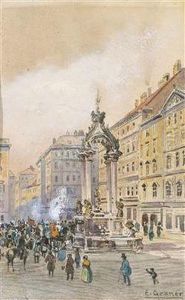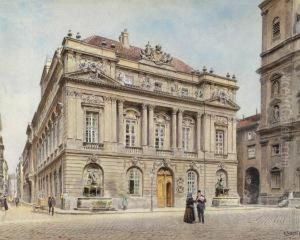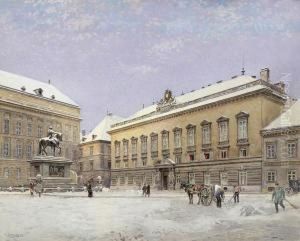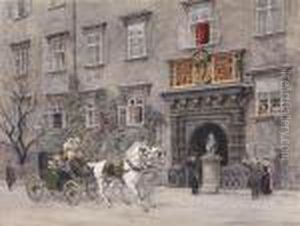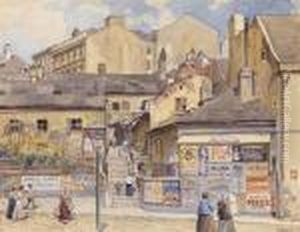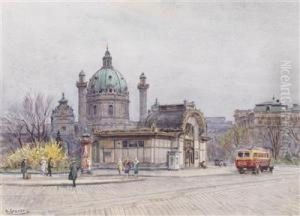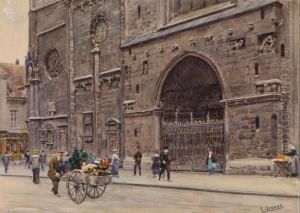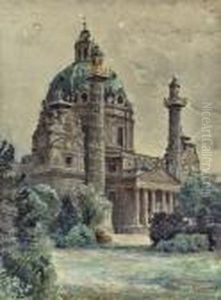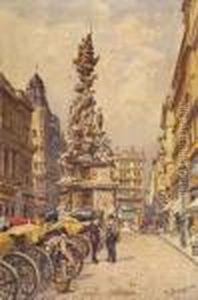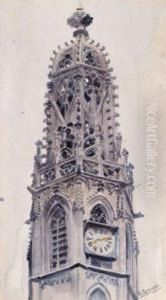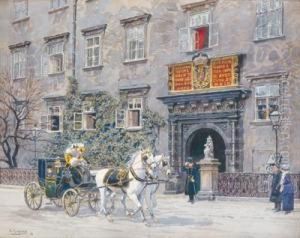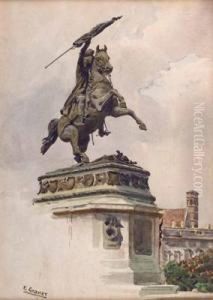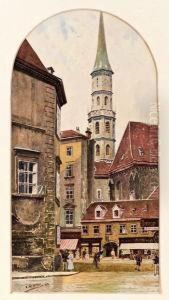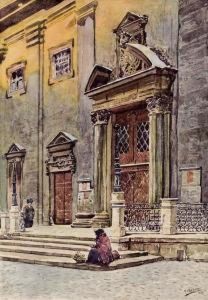Ernst Graner Paintings
Ernst Graner was an Austrian painter, renowned for his interior scenes and architecture paintings. Born on May 3, 1865, in Graz, Austria, Graner showed an early interest in art and pursued his passion by studying at the Academy of Fine Arts in Vienna. He was a student under the guidance of Christian Griepenkerl and Leopold Carl Müller, and he further honed his skills with the influence of the Vienna Secession movement, which sought to break away from traditional academic art.
Graner's work predominantly focused on portraying the ornate interiors of historical buildings, churches, and palaces in Austria. His paintings are characterized by a meticulous attention to detail and a keen sense of lighting, which brought the grandeur and elegance of these spaces to life. Ernst Graner's ability to capture the essence of architectural beauty made him a sought-after artist during his time.
Throughout his career, he exhibited his work in various prestigious venues, including the Vienna Künstlerhaus and the Glaspalast in Munich. Graner also became a member of the Vienna Künstlerhaus, an association of artists in Vienna, which played a significant role in the art scene of the era.
Despite the changing trends in art during his lifetime, including the rise of modernism, Graner remained faithful to his style, which resonated with art collectors and enthusiasts who appreciated the classical beauty and historical significance of his subjects. His paintings have continued to be admired for their historical value and technical excellence.
Ernst Graner's contribution to the art world was significant in preserving the visual splendor of Austria's architectural heritage through his canvases. He passed away on February 20, 1943, in Vienna, leaving behind a legacy of work that continues to be celebrated for its portrayal of the opulence and history of Austrian culture.

